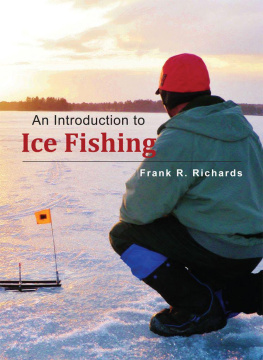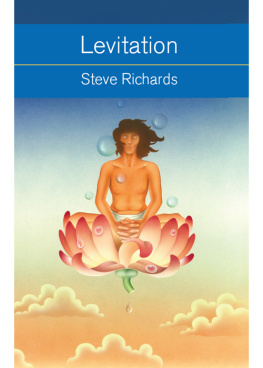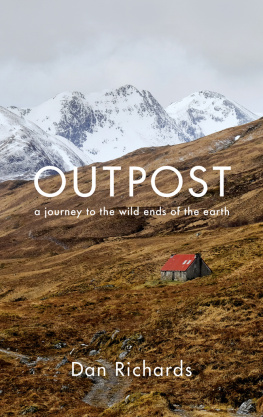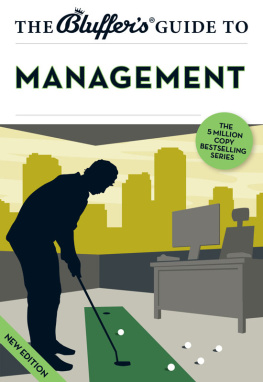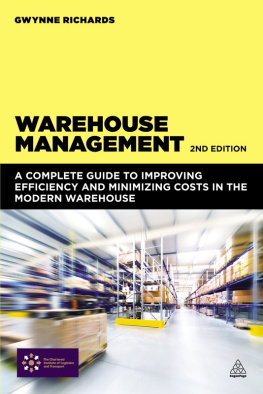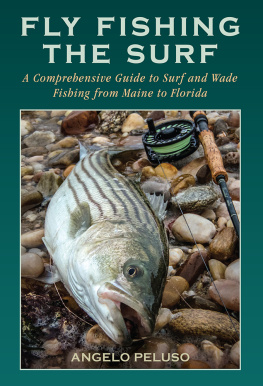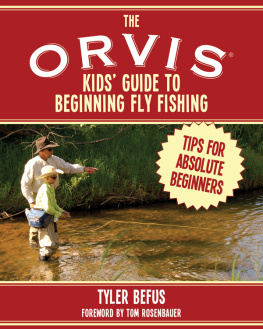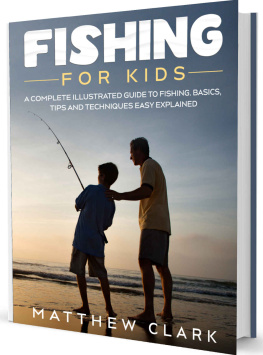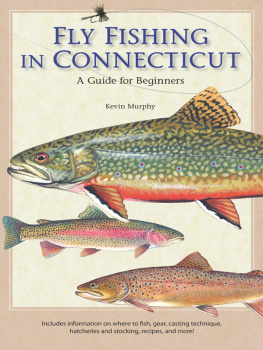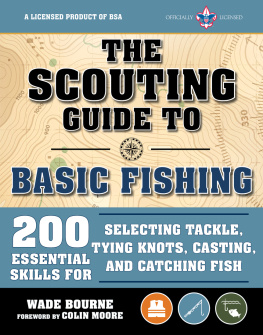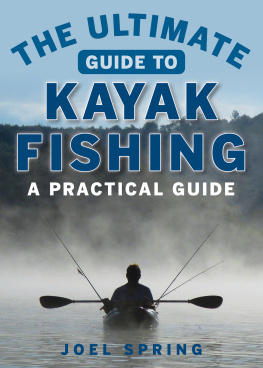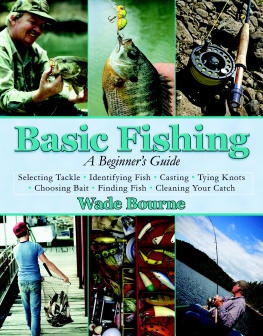An Introduction to
Ice Fishing
Frank R. Richards
Copyright 2014 Frank R. Richards
All rights reserved.
ISBN: 1499329741
ISBN-13: 9781499329742
Library of Congress Control Number: 2014908406
CreateSpace Independent Publishing Platform
North Charleston, South Carolina
CONTENTS
INTRODUCTION

I moved to Maine in the mid-1980s to start a new job. When that first winter arrived, one of my coworkers invited me to go ice fishing with him and his friends. I accepted, not knowing what to expect. Previously, I had been living in Iowa. Id never tried fishing out on the ice before, although Id fished on open water since I was a child.
That same afternoon he took me to a sporting goods store, where I bought basic equipment, such as a scoop, a minnow bucket, and tip-upsitems I would soon learn how to use. The tip-up was particularly interesting, an ingenious device that put a flag in the air when a fish pulled on a minnow suspended in the water below the ice.
The next Saturday at 4:00 a.m., I met my friend and two of his buddies in a parking lot, and together we headed out. Our destination was a large lake namedI kid you notMoosehead Lake, a three-hour drive away. After we arrived and had breakfast, we were ready to set up and start fishing.
The area was beautiful. A rocky, cliff-like mountain rose directly from the water and extended several hundred feet up into the sky. The shoreline was forested, lined with fir trees.
My hosts had rented an ice shack with a small wood stove from a well-known, local sporting camp. The fishing instructions they provided me were simple. They advised putting my traps (their term for tip-ups) in a line, where I could see them from a window. They also suggested setting the bait about a foot off the bottom of the lake. Then they made a fire in the stove and broke out the beer, except one of them who preferred to drink wine.
The techniques they employed may not have been at the cutting edge of innovation. However, they were doing a lot of things right. We were protected from the cold, enjoying each others company, and fishing in a good area. Very importantly, my hosts appreciated one of the more sublime aspects of ice fishingthe joy of the experience as well as anybody.
Not much later, a flag on one of my traps went up. We walked over to the hole and watched the line being pulled off the tip-ups reel a few inches under the water. Obviously, a good fish was on the other end. I grabbed the line to set the hook and slowly hauled in the first lake trout of my fishing career.
Later that afternoon, I caught another lake trout and a decent-sized landlocked salmon. I thought ice fishing was great! I couldnt wait to go out and do it again. Thirty years later, I wrote this book, An Introduction to Ice Fishing, to provide beginners with helpful hints and advice. It is my hope that this book will save readers a lot of trial and error.
Let me start by saying that ice fishing is really fun. An uninitiated observer may not see the entertainment in running around out in the middle of a frozen lake, heavily dressed. In reality, those who participate in this sport are usually feeling quite comfortable, having a good time, and catching fish.

Almost everyone will tell you that they just plain enjoy being out on the ice. There is something about the simplified, quasi-Arctic landscape that is peaceful and relaxing. At the same time, the experience can be highly social. There always seems to be something interesting to talk about while sitting around together, waiting for flags.
Ice fishing is also well-suited for small children. They enjoy being out on the ice. There is plenty of space for them to move around, and they like chasing flags. If you catch a few small fish and throw them a short distance away, they often attract birdseagles, if you are lucky. Small children (as well as adults) are fascinated by watching them.
The pleasures of ice fishing are likely much the same today as they were for our parents and grandparents. Fortunately, clothing nowadays is lighter and more functional than in the past; the gear is more convenient. Still, knowing how to dress, organize, and transport a fair amount of equipment to the fishing grounds is essential to enjoying the enterprise. It takes a while to develop a system you like, but it is worth your time to think through those elements.
Also vital is your method for locating and catching fish. You will want to learn how to use depth maps to find good fishing places. This is a critical skilleven on good lakes, you probably wont catch much if you are not fishing at a suitable location.
Another important factor to appreciate is how oxygen levels and water temperatures change as the season progresses. In many lakes the oxygen in the water becomes too depleted under the ice for fish to be active, especially on relatively shallow lakes with clay bottoms.
Finally, I recommend spending a lot of time on water that is close to home. It is much easier to go fishing if you only need to travel a half hour or so from your residence. Over the long term, I also think you end up doing better because you are spending more time fishing than driving.
I suspect that some of you have been ice fishing and know how much fun it is. I hope you learn a few things from this book that will help you have a higher quality experience.
For readers who may have had no previous exposure, Id like to encourage you to give it a try. I bet you wont regret it.
GENERAL PRINCIPLES

Fish feed aggressively during the late fall. They actively move around in search of prey, trying to build reserves for the lean winter months ahead. They will readily feed on any forage available.
Nearly all ice anglers will tell you that the action is best right after the ice forms. That is because oxygen levels are high at that time, and the water temperature is close to uniform throughout the lake. Fish continue to feed vigorously, extending that late fall chow down as long as they can.
After the ice has set in, it becomes too dark below for much photosynthesis to occur. It is no longer possible for wind-driven waves to aerate the water. At some point, oxygen may become so depleted that it is difficult for fish to find the energy to move around. They just dont have the wind. Additionally, the water may have cooledperhaps another ten degreeswhich slows down their piscine metabolism.
Conditions may become so inhospitable that fish become lethargic and stop eating. You can be on the ice all day and not see a flag. If jigging, you can drill a hundred holes and never get a fish. If you happen to put a lure or minnow right in front of a fish, it may tepidly strike. Otherwise, they may not be moving around enough to locate bait that has been placed even a relatively short distance away.
If a lake doesnt produce right after it ices over, it may indicate that the fishery is not in good shape. However, if a lake has been producing and then suddenly the action stops in midseason, it is time to fish elsewhere. That lake has almost surely turned off due to oxygen depletion and colder water.
The deeper areas become deoxygenated first. As the winter progresses, the dead zone expands from the bottom up closer to the surface, where there may still be at least some oxygen available. If youre fishing such a lake in midseason, placing bait just under the ice may produce results. Areas near inlets may also be worth a try. If you know the location of an underwater spring, that would be phenomenal.
Next page
